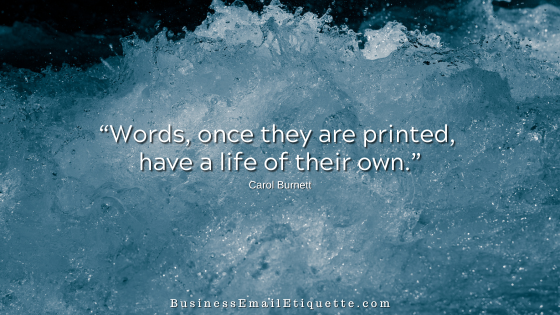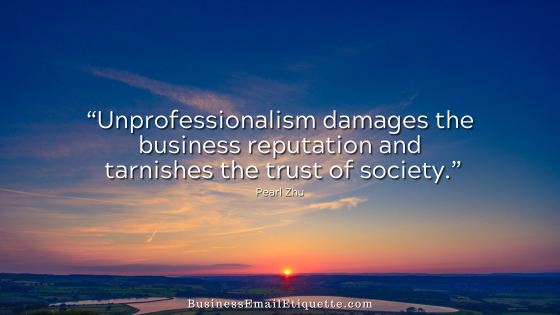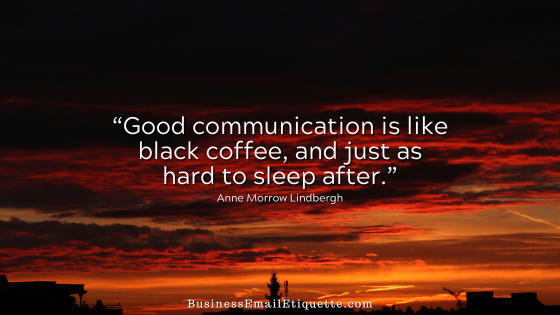Business Customer Email: When the Bee Stings Give Them Honey

Rational or Reactional?
How do you handle customers who send terse emails that make you wonder why they are so angry? Either you messed up, or it is possible that they don’t realize how they sound.
Some are intentionally rude. Regardless of the motive, as a business owner, we can agree that responding in kind is generally not wise.
It’s easy not to respond and write off rude emailers. You may think that, since they were rude, what’s the point of encouraging communication with them? Unfortunately, in business, we don’t have the luxury of taking that approach.
Not responding could mean a lost opportunity—the opportunity to learn why they are upset. You miss the chance to find out whether you can improve things to prevent this from happening again with other good customers.
Instead, we want to look for ways to defuse the anger. You want to determine if there’s room for improvement and work towards solving the problem.
How to Handle a Rude Customer
Here’s an example I had through one of my eCom sites:
I tried to place my third order today. The site refused access. I tried the password reset procedure. That was in vain. Trying to do business shouldn’t be difficult. We’re done.
When I saw that email in my inbox, I let out a loud “Wow.” No greeting, closing, or formalities. If this were their third order, they would know how we run our business. They would know this wasn’t typical.
Why not just email asking if there are any known issues or for assistance? Why the “we’re done!”?
My response:
Hey, XXXXXX:
Thank you for reaching out! I wish you would have contacted us. I am not aware of any site problems as orders have been flowing in all day today.
If you can let us know any error messages you received that would be helpful.
As far as password reset email, your provider, Comcast could have sent the email to junk/trash. Did you check there? You’ll also want to whitelist our domain @xxxxxxxxxxxxx.com to make sure our system emails get through moving forward.
I reset your password for you. It is: XXXXXXXXX
For your trouble I’ve created a 5% discount coupon for your use. Use XXXXXXX at checkout.
The above approach turned his frown upside down! It turns out the reset email was in his trash/junk. He placed an order and didn’t use the coupon because he felt terrible about how he reacted.
You Always Have a Choice
I can tell you from experience that I receive emails that sting regularly because I have numerous sites. However, unfortunately, in our culture of constant demands, emailers often blurt out what they perceive is happening. And rarely do they assume it has to do with anything they did or didn’t do.
I would have emailed asking nicely if there were known site problems and if the retailer could offer assistance in the situation above. That approach indeed would have been perceived as a more valued customer.
On the other hand, some type out curt, cryptic requests or comments that, in many cases, can be perceived as terse or demanding. They may not mean that to happen — they are just in a hurry or frustrated.
Regardless of motive, ignore the tone and respond professionally with courtesy.
Your Business Email Address is Your Business
This is even the case when emailing other business sites for partnerships, information, or assistance, or when responding to those who approach you in a less-than-professional manner. Remember that whenever you email anyone, anywhere, for personal or business reasons, using your business email address reflects on your business.
Not making assumptions in an accusatory tone and asking for help first lends to a positive initial impression. Then, of course, the staples, including a friendly greeting, a coherent message, and a “Thank you in advance for your help!” require minimal effort. Avoid the risk of ignoring these basics, as they can have negative consequences.
When it comes to your business email activities, never cut corners because you are in a rush or you’re making assumptions. For example, refrain from typing cryptic sentences and hitting send; instead, take the necessary time to communicate clearly, point by point, concern by concern.
Yes, it does take a tiny, minuscule, negligible amount of time to make sure your perceptions, intent, and tone are unmistakable. And adding that extra touch of a thank you will most certainly ensure that others will be pleased to be of service and want to help you out. Or be a repeat customer.







